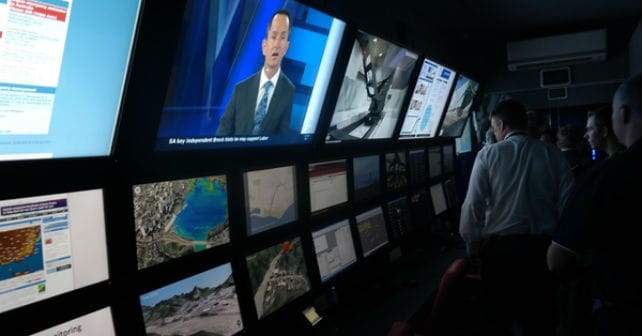Energy inaction will cost us trillions
 The International Energy Agency’s “World Energy Outlook 2010” doesn’t paint a pretty picture of our climate and energy future, and even the image it does present is far too rosy.
The International Energy Agency’s “World Energy Outlook 2010” doesn’t paint a pretty picture of our climate and energy future, and even the image it does present is far too rosy.
The report is correct in this: there’s a lot we could be doing — can, in fact, do … if we actually had the resolve — to become more sustainable. And, it rightly notes, we’re moving too slowly, too cautiously, and every day of delay will end up costing us dearly.
But consider some of the projections the WEO-2010 is making:
- Crude oil prices, it predicts, will rise from the average of $60 a barrel seen in 2009 to $113 a barrel in 2035. The problem is, as of today, Brent Crude futures were already trading at more than $88 a barrel — close to the $90 price the IEA doesn’t foresee until 2015. And this in a so-called economic recovery that doesn’t feel like one to many.
- OPEC crude production, the report forecasts, will grow from 28.3 million barrels a day in 2009 to as much as 38.6 million barrels a day by 2035 under a business-as-usual scenario. However, OPEC’s peak production so far has been 32.48 million barrels a day … and that was in 2008, when oil prices reached a record high of $147.27 a barrel.
- As it has in the past, the IEA continues to assume fossil fuel production will keep up with rising demand, although it’s putting a greater emphasis on growth in natural gas liquids and unconventional fuels like the Canadian oil sands. And it’s basing its energy demand predictions on the hope that governments around the world will meet their stated energy and climate goals … which is optimistic, to say the least. Even under that scenario, demand is seen growing 36 per cent by 2035.
The late Matthew Simmons, author of “Twilight in the Desert,” would certainly have had a lot to say about the IEA’s latest energy predictions. But the new outlook also flies in the face of recent warnings from the UK Industry Taskforce on Peak Oil & Energy Security, the US military and a German think-tank, all of which released studies this year indicating that we have either already reached peak global oil production or will do so within the next two to five years.
At least this year’s WEO spells out the risks we’re taking due to inaction on the climate end. Over the past year, our sluggish response to curbing carbon emissions, it warns, has already added another $1 trillion to the likely cost of keeping atmospheric carbon dioxide levels to 450 parts per million or less … the level believed necessary to prevent dangerous climate change of more than 2 degrees C.
While we have the technology to respond now, “the required rate of technological transformation would be unprecedented,” according to the IEA.
“The message here is clear,” said Nobuo Tanaka, the IEA’s executive director. “We must act now to ensure that climate commitments are interpreted in the strongest way possible and that much stronger commitments are adopted and taken up after 2020, if not before. Otherwise, the 2°C goal could be out of reach for good.”




